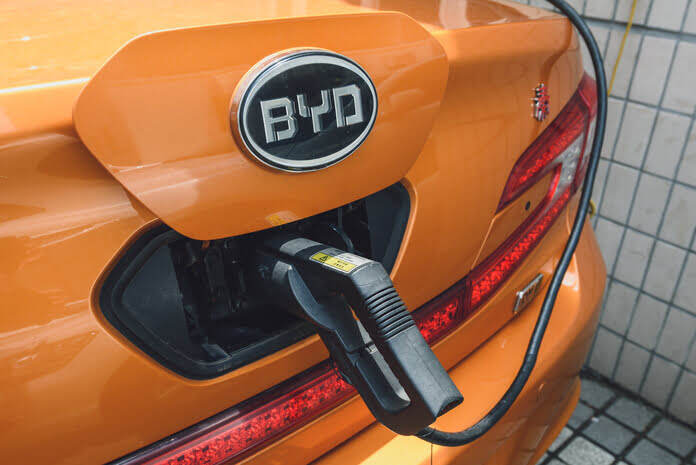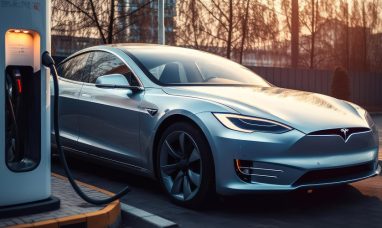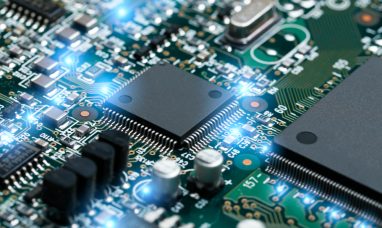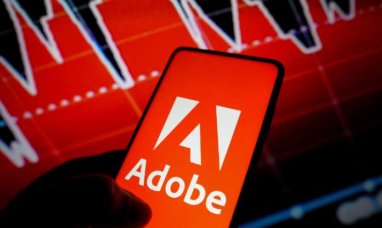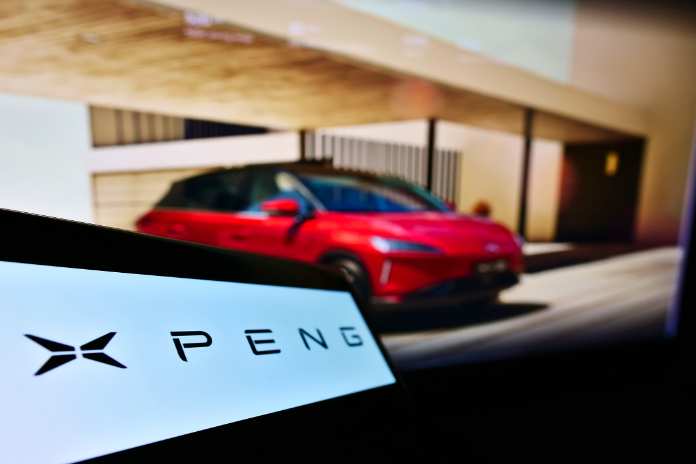The EV industry’s two fastest-growing behemoths are Tesla (NASDAQ:TSLA) and BYD Co. (NYSE:BYD). While a lot of focus is on start-ups like Rivian Automotive (NASDAQ:RIVN), Lucid (NASDAQ: LCID), Nio (NYSE:NIO), Xpeng (NYSE:XPEV), and Li Auto (NASDAQ:LI), as well as established automakers like General Motors (NYSE: GM) and Ford Motor (NYSE:F), which are attempting to enter the EV market, Tesla and BYD are leading the way.
BYD reported yet another month of record-breaking sales, with 162,350 vehicles sold, more than tripling from the same month last year. The massive Chinese company just revealed astronomically high first-half preliminary earnings.
Tesla (NASDAQ:TSLA) released profits on July 20 that were higher than expected. On August 4, stockholders approved a 3-for-1 stock split. After that, CEO Elon Musk sold another sizable portion of TSLA stock.
Despite being the two biggest EV manufacturers, Tesla and BYD haven’t engaged in much direct competition. However, the Chinese giant Seal is competing against the Tesla (NASDAQ:TSLA) Model 3. On July 29, The Seal officially went on sale, and this month’s deliveries will begin. The world’s largest EV company is about to launch a significant global expansion, with launches planned for Asia, Europe, and other regions.
According to reports, BYD has sent Blade batteries to the Tesla facility near Berlin. Though both equities dropped below crucial levels on August 5, both are now on the rise. Which is the wiser choice? Let’s compare both companies in terms of sales.
BYD Vs. Tesla Sales
Tesla’s Q2 deliveries were 254,695, somewhat less than expectations of roughly 256,000. That was up 26.5% from Q2 2021 but down approximately 18% from the record-breaking 310,048 for the first quarter. Compared to Q1’s 305,407 automobiles, Tesla manufactured 258,580 in Q2. According to Tesla, output reached a record high in June.
The declines are due to the lockdowns in Shanghai. Tesla Shanghai had limited manufacturing until the beginning of June after being closed for most of April. BYD sold 355,021 NEVs in Q2, up 24% from Q1’s 286,329 and 256% from a year earlier. Although sales in other countries are anticipated to increase, less than 3,000 were shipped.
To win the EV title, the Chinese giant not only passed Tesla but also outpaced the American giant by just over 100,000 vehicles. Naturally, Tesla continues to be the market leader in electric cars, but BYD’s passenger EV sales did increase to 180,296 in Q2, dramatically closing the gap.
Given its plethora of new models, factories, and markets, BYD will likely maintain its overall sales advantage in Q3 and beyond, even as Tesla’s output increases. On August 3, it recorded July sales of 162,350 electric and plug-in hybrid vehicles, up 21% over June’s 134,036 units and 222% from a year earlier. There are 162,214 passenger cars in BYD’s sales. Of those sales were 81,223 plug-in hybrids and 80,991 passenger EVs.
Featured Image: Megapixl @Nejaunet









